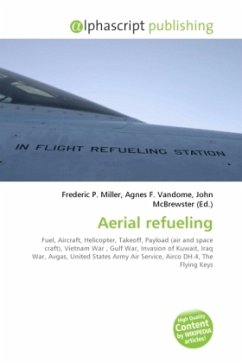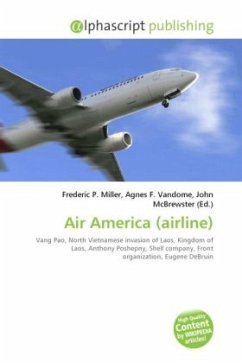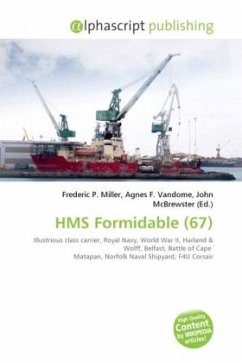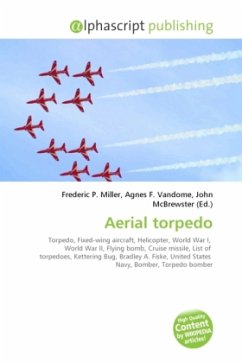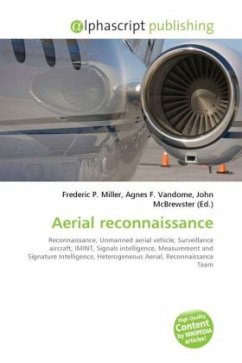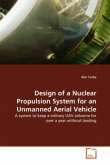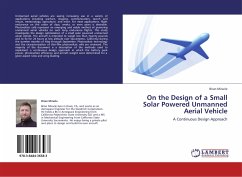Aerial refueling, also called air refueling, in-flight refueling (IFR), air-to-air refueling (AAR) or tanking, is the process of transferring fuel from one aircraft (the tanker) to another (the receiver) during flight. Applied to helicopters, it is known as HAR for Helicopter Aerial Refueling. The procedure allows the receiving aircraft to remain airborne longer and, more important, to extend its range and therefore those of its weapons or its deployment radius. A series of air refuelings can give range limited only by crew fatigue and engineering factors such as engine oil consumption. The two main refueling systems are probe and drogue, which is simpler to adapt to existing aircraft, and the flying boom, which offers greater fuel transfer capacity, but requires a dedicated operator station and specially designed receiving receptacle. Because the receiver aircraft can be topped up with extra fuel in the air, air refueling can allow a take-off with a greater payload which could be weapons, cargo or personnel: the maximum take-off weight is maintained by carrying less fuel and topping up once airborne.
Bitte wählen Sie Ihr Anliegen aus.
Rechnungen
Retourenschein anfordern
Bestellstatus
Storno

